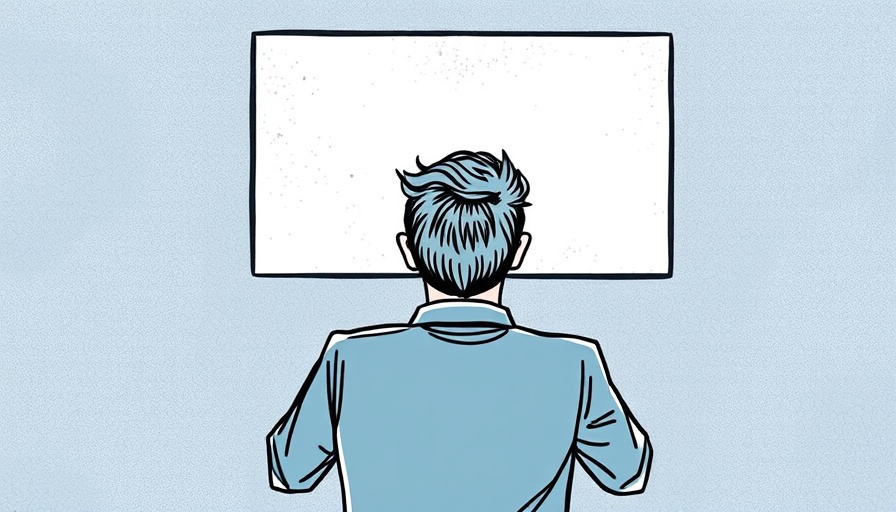
Understanding Maternity Leave in Today's Workplace
As family dynamics evolve and employees seek a more balanced work-life structure, understanding maternity leave has become crucial for both parents and employers. Maternity leave is not merely a break from work; it’s a vital component of workplace culture that reflects an organization's values and commitment to its employees. Countries like Australia have reformed their paid family leave systems to provide greater support and equity among workers, demonstrating how progressive policies can lead to healthier families and, consequently, a more productive workforce.
Current Landscape of Maternity Leave in the U.S.
Currently, no federal law guarantees maternity leave in the United States, making it a patchwork of state laws and company policies. According to the Bureau of Labor Statistics, only 27% of private industry workers in the U.S. accessed paid family leave in 2023. This statistic emphasizes the pressing need for change in the organizational approach toward family leave policies. Leaders and HR professionals must recognize the importance of crafting inclusive and equitable maternity leave policies that align with the company's values and foster employee trust.
The Importance of Planning Ahead
It's never too early for employees to start planning for maternity leave. Understanding the specific laws and benefits available is vital in ensuring a smooth transition. This can involve reassigning work responsibilities, discussing leave options with supervisors, and preparing for the emotional and physical changes that come with parenthood. Companies that offer robust support systems enable their employees to focus on family during this pivotal time, leading to long-term organizational resilience.
Leveraging Maternity Leave for Leadership and Cultural Evolution
For people leaders and organizations navigating post-pandemic workplace culture, creating comprehensive maternity leave policies serves as a touchstone for inclusive leadership and workforce evolution. Such policies reflect changing team dynamics and contribute to a culture of psychological safety where employees feel valued and included. This cultural transformation ultimately enhances organizational performance, promotes employee engagement, and fosters loyalty among workers.
Conclusions and the Way Forward
Leaders must act now to shape workplace culture by embracing inclusive policies that meet the diverse needs of their workforce. As organizations evolve, bridging the gap in maternity leave provisions will be essential for sustaining employee trust and cultivating a supportive environment for all workers. By prioritizing family-oriented leave policies, companies not only adhere to the evolving expectations of modern employees but also stand to gain a competitive advantage in attracting and retaining talent.
 Add Row
Add Row  Add
Add 




Write A Comment